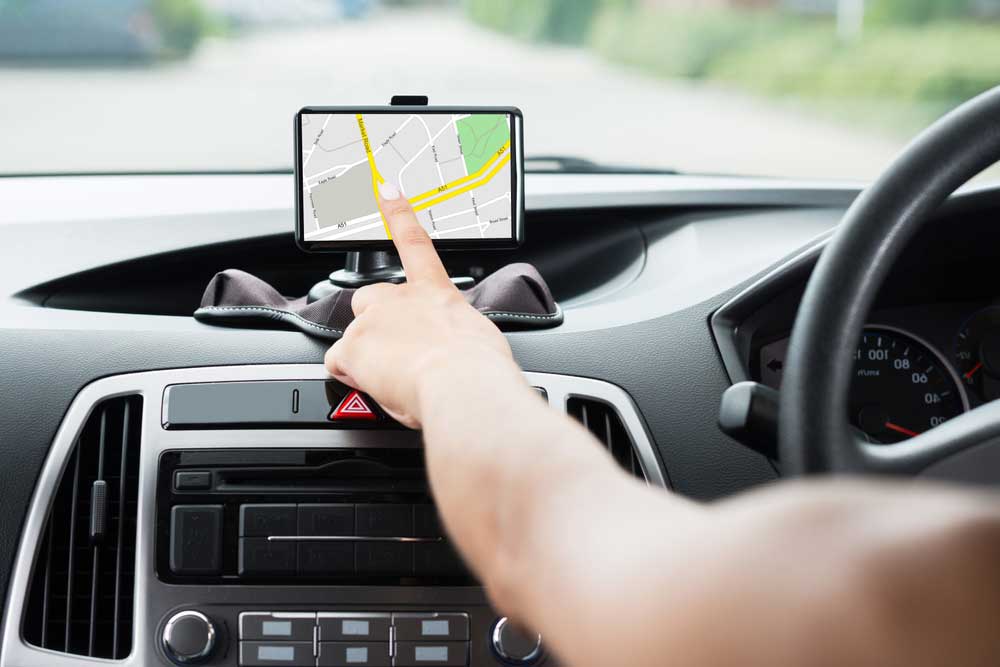Many businesses focus on workplace safety within their facilities, but what about the employees who spend their days on the road?
For sales teams, service technicians, executives and other mobile staff, their workplace is often their vehicle.
Creating a strong safety culture that extends beyond your office walls is essential for protecting both your people and your business.
Why Culture Matters More Than Rules
Simply having a driver safety policy isn’t enough. Without a supportive culture, even the best policies often go unheeded.
A true safety culture means that safe driving practices become the norm…not because they’re mandated, but because they’re valued throughout the organisation.
When your team genuinely embraces road safety, you’ll see benefits beyond crash reduction. Staff morale improves, operational costs decrease, and your company’s professional image is enhanced in the community.
Leadership Sets the Standard
Creating a safety culture starts at the top. When managers and executives demonstrate safe driving behaviours, they send a powerful message about their organisation’s priorities.
This includes:
- Never texting or emailing while driving
- Allowing adequate time between appointments
- Following speed limits and road rules
- Maintaining vehicles properly
- Discussing safety openly and regularly
If your leadership team treats road safety as optional, your employees will too. On the other hand, when leaders visibly prioritise safe driving, it establishes expectations that resonate throughout the organisation.
Making Safety Discussions Normal
Road safety shouldn’t be mentioned only after an incident occurs.
Regular, positive conversations about driving safely help normalise the topic and keep it top of mind:
- Start team meetings with a brief safety moment
- Share safe driving tips in company newsletters
- Recognise examples of good safety decisions
- Discuss seasonal driving challenges proactively
- Encourage staff to share their road safety experiences
These regular touchpoints help integrate safety thinking into everyday operations rather than treating it as a separate initiative.
Creating Effective Safety Policies
While culture is crucial, clear policies provide necessary structure. Effective driver safety policies are:
- Practical and realistic for day-to-day work
- Written in clear, straightforward language
- Focused on major risk areas
- Developed with input from the mobile workforce
- Reviewed and updated regularly
- Applicable to everyone who drives for work
Policies should address key issues like mobile phone use, fatigue management, vehicle maintenance and driving hours, but without becoming so complex that they’re impossible to follow or enforce.
Training That Resonates
Driver training is often viewed as something only for couriers or truck drivers, but it’s valuable for anyone who drives as part of their job.
Effective training for a mobile workforce:
- Focuses on the specific vehicles they actually drive
- Addresses real situations they encounter daily
- Acknowledges their existing experience respectfully
- Provides practical skills they can apply immediately
- Fits realistically into busy work schedules
When training is relevant and practical, employees are more likely to engage with it and apply what they’ve learned.
Recognition and Rewards
Acknowledging and rewarding safe driving helps reinforce your safety culture:
- Recognise teams with good safety records
- Celebrate milestone achievements (e.g., years without incidents)
- Share positive client feedback about safe driving
- Consider safety performance in overall job evaluations
- Create friendly competition between departments
These efforts don’t need to be elaborate or expensive…simple recognition goes a long way toward reinforcing the importance of safe driving.
Technology as an Enabler, Not a Distraction
Modern technology can either support or undermine your safety culture.
Used wisely, technology can:
- Help with efficient route planning
- Reduce the need for rushing between appointments
- Support vehicle maintenance scheduling
- Help manage driver fatigue
Clear guidelines around technology use while driving helps your team leverage these benefits without creating additional hazards.
Making It Stick
Regular Refreshers
Brief, focused safety refreshers help maintain awareness without requiring major time investments.
Two-Way Communication
Encourage feedback from your mobile workforce about safety challenges they face and potential solutions.
Consistency Across Departments
Ensure that safety expectations are consistent regardless of role or seniority.
Integration with Business Goals
Position safety as supporting business objectives rather than competing with them.
Measuring Success
A successful safety culture shows results in multiple areas:
- Reduced incident rates
- Lower insurance costs
- Improved staff retention
- Enhanced company reputation
- Greater operational efficiency
- Higher client satisfaction
Creating a strong safety culture for your mobile workforce doesn’t happen overnight, but small, consistent actions make a significant difference over time.
Start by assessing your current safety culture honestly.
Are safe driving practices truly valued, or just officially required?
Do leaders model good driving behaviours? Is road safety discussed regularly and positively?
Driver Safety Australia can help you evaluate your current situation and develop practical strategies for creating a stronger safety culture.
Our programs are designed specifically for businesses whose employees drive standard vehicles as part of their work, not just dedicated transport operations.
Ready to build a safer mobile workforce?





